Just as a migratory bird feels an irresistible inner urge teach fall, so do I experience a powerful restlessness satisfied only by ignoring my in-box, pushing aside the endless piles of papers begging to be shuffled, and taking off to some quiet corner of nature when I can embrace the changing of the seasons with full attention.
Autumn hasn’t been waiting for me—the aspens have scattered their yellow coins already up at Mt. Francis, and the maples have displayed their crimson badges at Mingus Mountain without my approval. I am not teaching my Interpreting Nature class this fall, which usually provides me a legitimate excuse to get out there. Thus, if I am not to miss the whole gaudy show of carotenoids, anthocyanins, and other pigments, I have to seize the moment, and yesterday afternoon I did just that.
If traffic is not heavy, I can reach the Upper Verde River in about a half hour. There I can park my car and, in another thirty minutes, be deep in a canyon dominated by the forces of nature.
I have fallen in love with the Upper Verde River, but when I first met her, she did not impress me. Two decades ago, she was haggard and blemished, worn out and ravaged by years of heavy livestock grazing. Only an occasional lonely cottonwood stood on her eroded banks, providing shade for the bovine locusts that thanked her by depositing stinking piles of the digested remains of whatever plants the cows could swallow. No, that Verde was wasn’t green at all, a pale facsimile of the river that had earned its name when the early explorers and fur trappers discovered her original beauty.
Having grown up in the Pacific Northwest when rivers there were still vigorous and lovely (except where the forces of clear-cut logging had despoiled them), I had a different image of a river when I arrived in Arizona. The Verde did not speak to me with inviting tones.
But an unusual thing happened. Thanks to the tenuous presence of endangered fish in the abused river, cattle were removed from most of its upper reaches. Science had declared that the cows constituted a clear and present danger to the last of the finny creatures, so the livestock were moved back from the river bottom, though some trespass cattle continued to trickle back in. With the stressor removed, the land began to rebound, more vigorously than most people had predicted.
Now twenty years later, you can see a revitalized river, lined with a diverse array of cottonwoods, willows, ash, boxelder, walnut, and other riparian trees and shrubs. Along with the trees came the beavers, and while they cut some trees for their uses, their dams have changed hydrologic conditions such that cattails, bulrushes, and lush grasses line some of the pools and stabilize the banks. Otters, muskrats, deer, bear, elk, and a host of birds have increased in turn. What so recently was a hammered landscape devoted to cattle production is now a vibrant oasis of life. This is the Verde I now love.
So here I am in early November at the rim of the canyon, balancing on a pillar of basalt as I look into Stillman Lake, a reach of still water formed by a gravel dam created by flash floods at the confluence of Lower Granite Creek and the Verde. I have stood here before, watching an Osprey hovering and a heron stalking, two fishermen with distinctly different approaches to the fishing life. This afternoon a Muskrat moves across the pond, a compact body propelled by an undulating tail. A kingfisher gives its dramatic rattle, while a grebe dives repeatedly.
Downstream, the riparian corridor begins, and in the late day light, warm golds dominate. I must get there. I scramble down a sketchy deer trail amidst loose limestone until I am in the shadows of cottonwoods and willows along Granite Creek. A dozen robins, a few warblers , and two woodpeckers appear to greet me.
Soon I am on the banks of the Verde herself, a still reflecting pond created by beavers whose dam lies just below the miraculous emergence of the Headwaters Springs. The sun is about to slip behind the rims, and I work quickly with my camera, trying to capture the magic of the last light as it hits the yellow canopy along the stream. A thicket of poison oak provides red contrast to the golds of the autumn cottonwoods. A snipe flushes from the bank, and then a flicker’s sharp cry pierces the air.
With the last of the daylight, I admire two beaver dams and reflect upon how the river is now thriving thanks to the return of this keystone species. In recent years, I have introduced many people to this oasis, as have other defenders of the river—Dan Campbell, Gary Beverly, and Joanne Oellers, to name a few.
The Verde’s recovery is a great success story of conservation, but such successes are always tempered by the insatiable demands for resources by one invasive primate—us. Today I have encountered fifteen trespass cattle at Stillman Lake and another dozen near these dams in protected lands of The Nature Conservancy. Archaic laws in Arizona make it difficult to keep cattle out, though several agencies are trying.
A far-greater concern is the threat to the groundwater that supplies the springs that give life to the Verde. The Big Chino aquifer, a vast underground reservoir higher in the watershed, is coveted by municipalities and development projects alike, and because of another archaic state law, the true connection between groundwater and surface water is not legally recognized.
There are battles to be fought to protect this lovely river, and I will be there. But this evening, I am here to admire, to learn, to collect experiences, memories, and photos. Action is driven by love, and love needs to be fed.
The sun is gone now, and the pool is dark; I must leave it to the beavers. As insects dance over the surface of the pool, and as a Canyon Wren sings its dramatic cascading torrent of what seems like pure joy, my heart is filled with love refreshed.

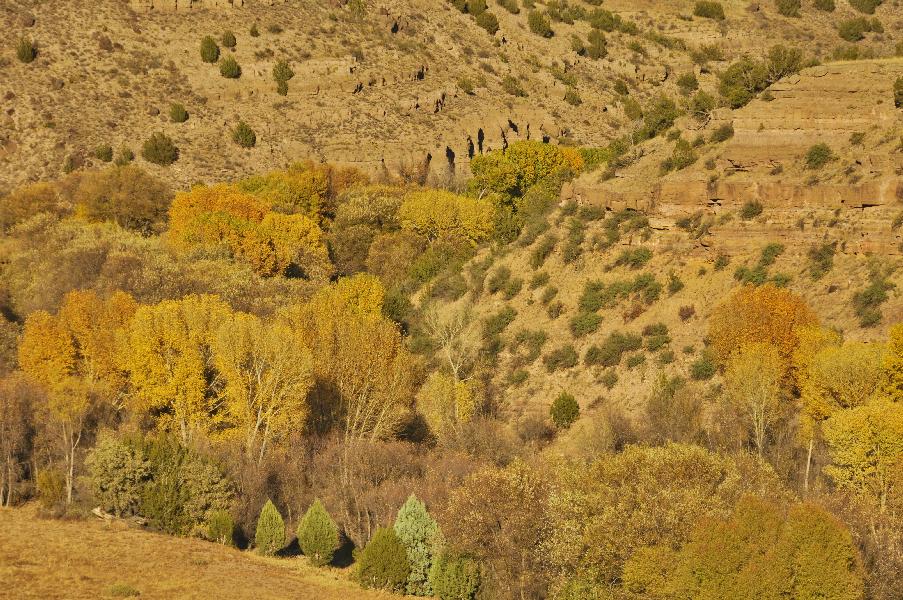
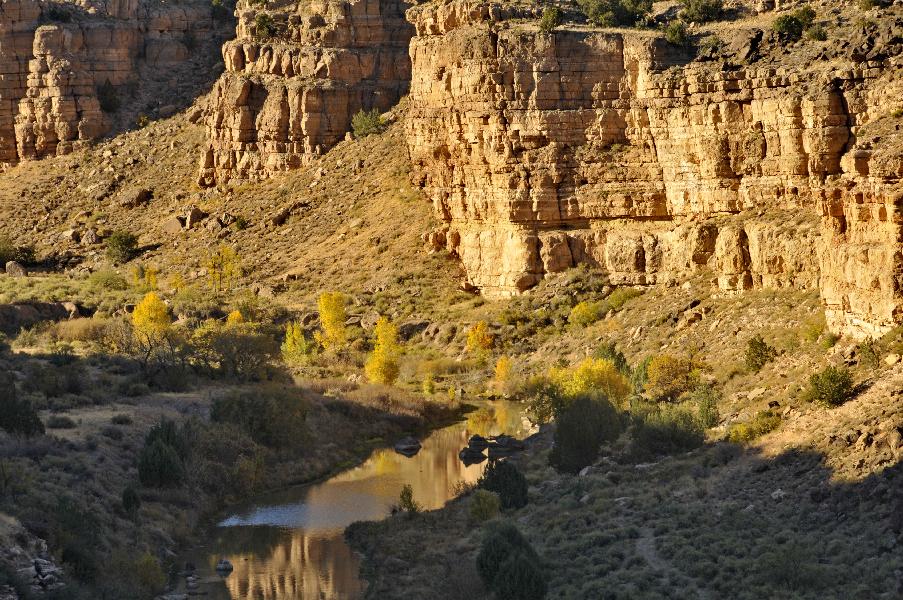
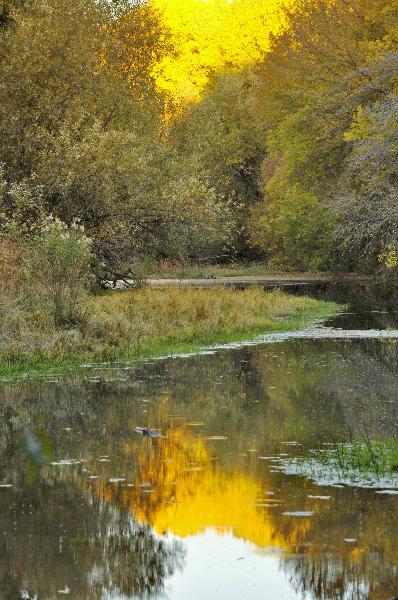
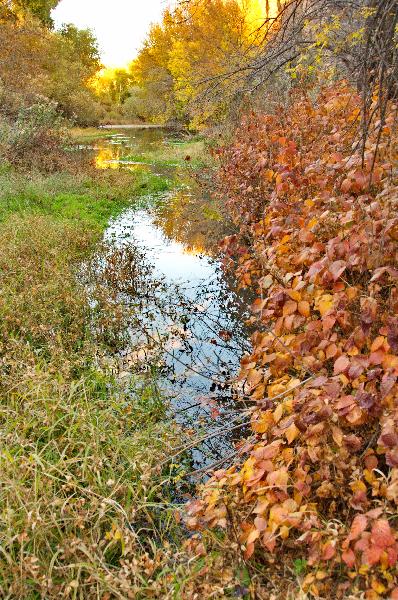
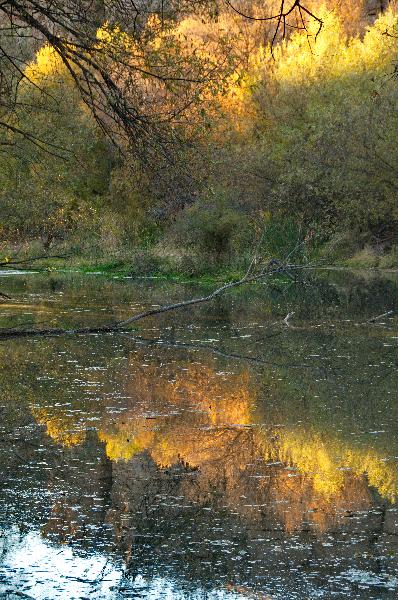
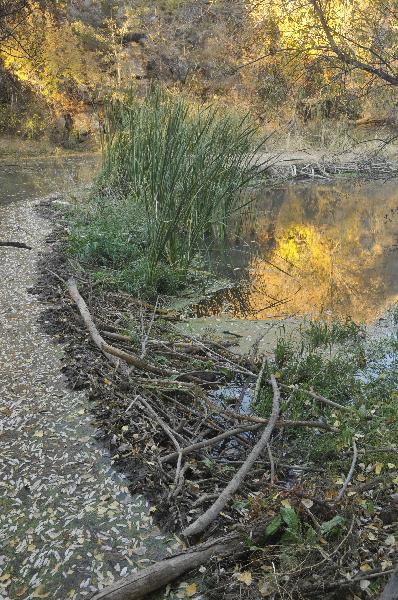
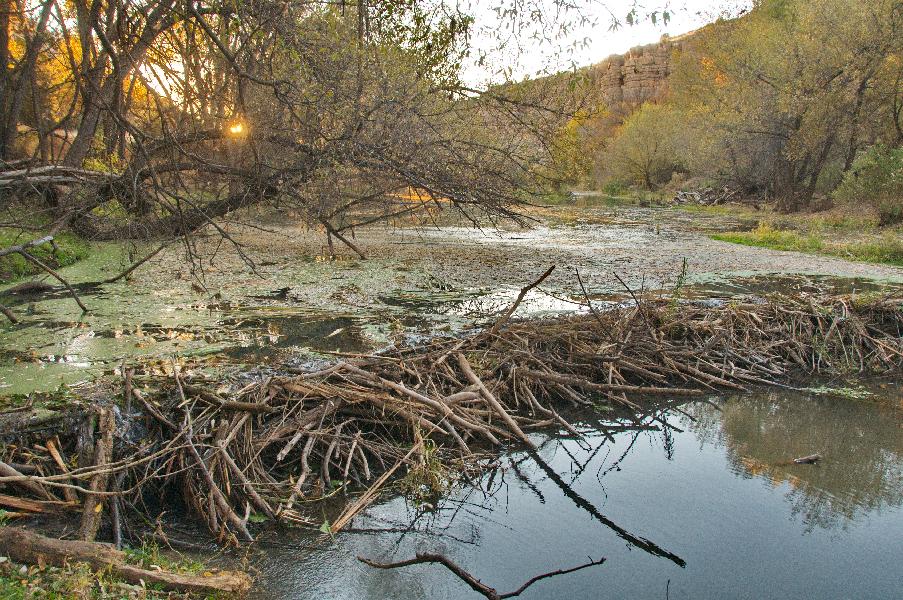
A very special place, indeed. Beautiful prose and beautiful photos.
Thanks, John. A little different from your San Pedro, but both are invaluable.
Thanks, Walt. We enjoyed the pictures and the commentary.
Beautiful, Walt!